How to Clean and Remove Silicone Caulk from a Kitchen Sink
Silicone caulk is a popular choice for sealing and waterproofing kitchen sinks. It provides a strong and durable bond that can withstand moisture and temperature changes. However, over time, silicone caulk can start to darken and become discolored, making your kitchen sink look dirty and unappealing. In this article, we will discuss how to clean and remove silicone caulk from a kitchen sink to keep it looking clean and new.
How to Remove Silicone Caulk from a Kitchen Sink
If you notice that the silicone caulk around your kitchen sink has started to darken, it's time to remove it and apply a new layer. The first step is to soften the caulk by using a caulk remover or a specialized caulk softener. These products can be found at most hardware stores and are designed to dissolve the silicone, making it easier to remove.
Once the caulk has softened, use a putty knife or a razor blade to carefully scrape off the caulk from the sink. Be gentle to avoid damaging the sink surface. You can also use a scrub brush or an old toothbrush to remove any residue left behind. Make sure to thoroughly clean and dry the area before proceeding to apply new caulk.
How to Replace Silicone Caulk Around a Kitchen Sink
Replacing the silicone caulk around your kitchen sink is a simple and straightforward process. First, choose a high-quality silicone caulk that is specifically designed for use in kitchens and bathrooms. These types of caulk are mold and mildew-resistant and will prevent discoloration over time.
Next, using a caulk gun, carefully apply a thin and even layer of caulk around the edges of the sink. Use a caulk smoothing tool or your finger to smooth out the caulk and create a neat and clean finish. Lastly, wipe away any excess caulk with a damp cloth and allow it to dry completely before using the sink.
How to Prevent Silicone Caulk from Darkening Around a Kitchen Sink
Prevention is always better than cure, and this applies to keeping the silicone caulk around your kitchen sink from darkening. The key is to regularly clean and dry the caulk to prevent any buildup of dirt and grime. You can use a mild cleaning solution and a soft cloth to clean the caulk and then dry it thoroughly with a towel.
You can also consider applying a silicone caulk sealant or protector to the caulk to help keep it looking clean and new. These products create a protective barrier that repels water and prevents staining and discoloration.
Best Silicone Caulk for Kitchen Sinks
When it comes to choosing the right silicone caulk for your kitchen sink, it's important to select a high-quality product that is specifically designed for use in kitchens and bathrooms. Look for caulk that is mold and mildew-resistant, as these types of caulk are less likely to darken over time.
Some popular brands for kitchen sink silicone caulk include GE Silicone II Kitchen and Bath Caulk, DAP 3.0 Kitchen and Bath Adhesive Caulk, and Loctite Clear Silicone Waterproof Sealant. Be sure to read reviews and consider the features of each product before making a purchase.
How to Apply Silicone Caulk Around a Kitchen Sink
Applying silicone caulk around a kitchen sink may seem like a daunting task, but with the right tools and techniques, it can be a simple and quick process. Start by cleaning the area around the sink and drying it thoroughly. Next, load the caulk gun with your chosen silicone caulk and carefully apply a thin and even layer around the edges of the sink.
Use a caulk smoothing tool or your finger to smooth out the caulk and create a neat and clean finish. Wipe away any excess caulk with a damp cloth and allow it to dry completely before using the sink. It's also important to follow the manufacturer's instructions for drying time and any other specific guidelines.
How to Seal a Kitchen Sink with Silicone Caulk
Sealing your kitchen sink with silicone caulk is an important step in preventing leaks and water damage. Once you have applied the caulk around the edges of the sink, use a caulk smoothing tool or your finger to smooth out the caulk and create a watertight seal. This will help to prevent any water from seeping through and causing damage to your sink and countertop.
How to Remove Dark Stains from Silicone Caulk Around a Kitchen Sink
If you already have dark stains on your silicone caulk, there are a few methods you can try to remove them. You can use a mixture of baking soda and water to create a paste and gently scrub the stained area with a toothbrush. Alternatively, you can use a commercial caulk stain remover product. Make sure to thoroughly clean and dry the area after removing the stains.
How to Keep Silicone Caulk Around a Kitchen Sink Looking Clean and New
To keep your silicone caulk looking clean and new, it's important to regularly clean and dry the area. You can also use a mild cleaning solution and a soft cloth to remove any buildup of dirt and grime. Additionally, consider applying a silicone caulk sealant or protector to help prevent discoloration and keep the caulk looking fresh.
How to Choose the Right Color Silicone Caulk for Your Kitchen Sink
When it comes to choosing the right color silicone caulk for your kitchen sink, the best option is to match it to the color of your sink or countertop. If you have a white sink, opt for a white caulk. If you have a stainless steel sink, choose a clear caulk. This will help to create a seamless and cohesive look in your kitchen.
Silicone is a common material used in kitchen sinks to seal and prevent water from leaking. However, over time, you may notice that the silicone around your kitchen sink darkens . This can be caused by a variety of factors, including mold and mildew growth, exposure to sunlight, and even regular wear and tear. Not only does this darkening affect the appearance of your sink, but it can also lead to potential water damage and health hazards. Therefore, it is important to address this issue promptly and replace the darkened silicone with fresh, clean silicone .
Why Does Silicone Around Kitchen Sinks Darken?
 There are several reasons why silicone around kitchen sinks may darken over time. One of the most common causes is the growth of mold and mildew. These microorganisms thrive in damp and humid environments, making your kitchen sink an ideal breeding ground. As they grow, they release spores and produce a dark, slimy residue, which can discolor the silicone sealant.
Exposure to sunlight can also cause silicone to darken. The UV rays from the sun can break down the chemical structure of silicone, causing it to become discolored and brittle. Additionally, regular use of cleaning products and abrasive materials can wear down the silicone, making it more susceptible to discoloration.
There are several reasons why silicone around kitchen sinks may darken over time. One of the most common causes is the growth of mold and mildew. These microorganisms thrive in damp and humid environments, making your kitchen sink an ideal breeding ground. As they grow, they release spores and produce a dark, slimy residue, which can discolor the silicone sealant.
Exposure to sunlight can also cause silicone to darken. The UV rays from the sun can break down the chemical structure of silicone, causing it to become discolored and brittle. Additionally, regular use of cleaning products and abrasive materials can wear down the silicone, making it more susceptible to discoloration.






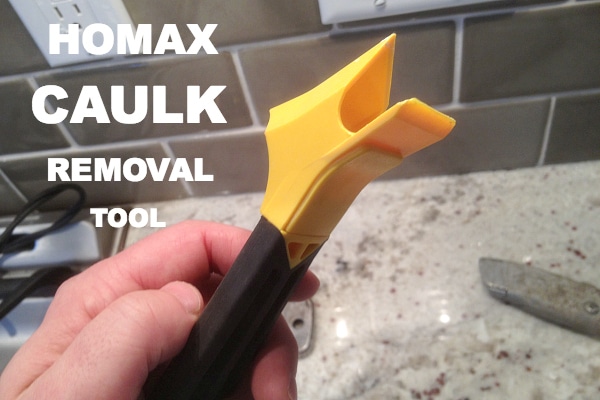















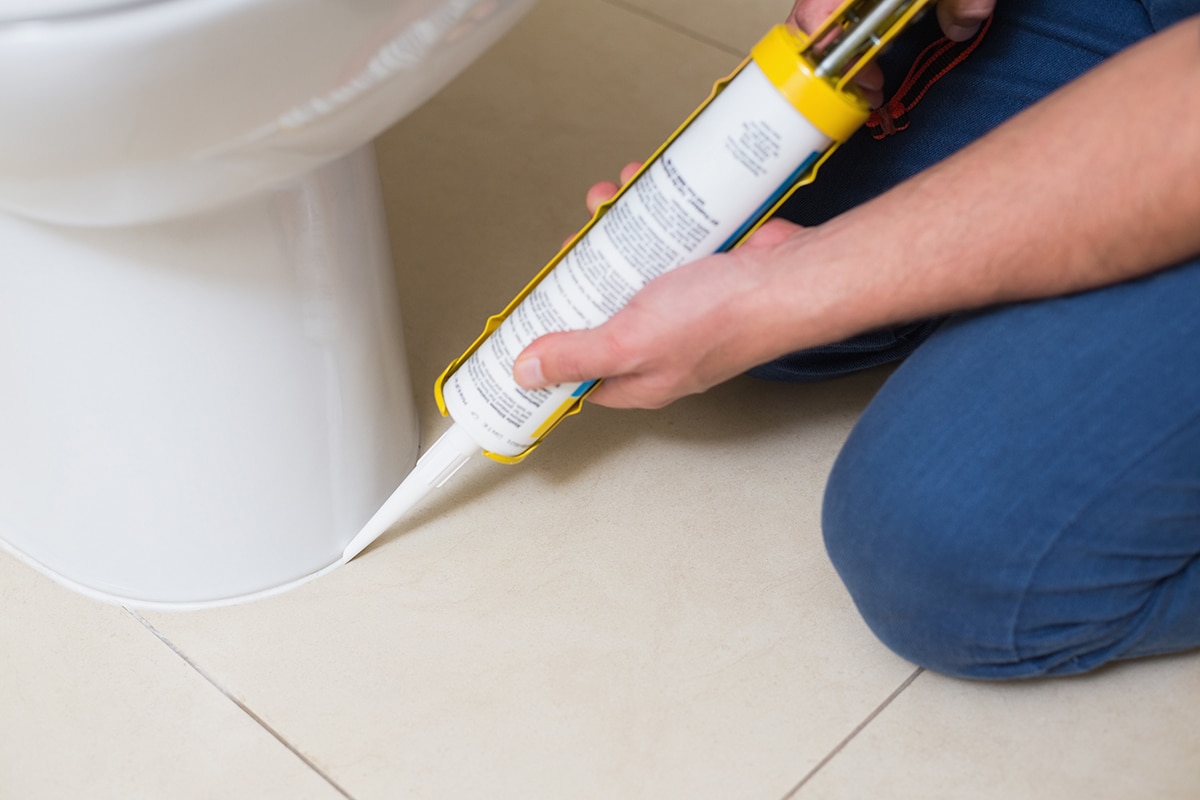

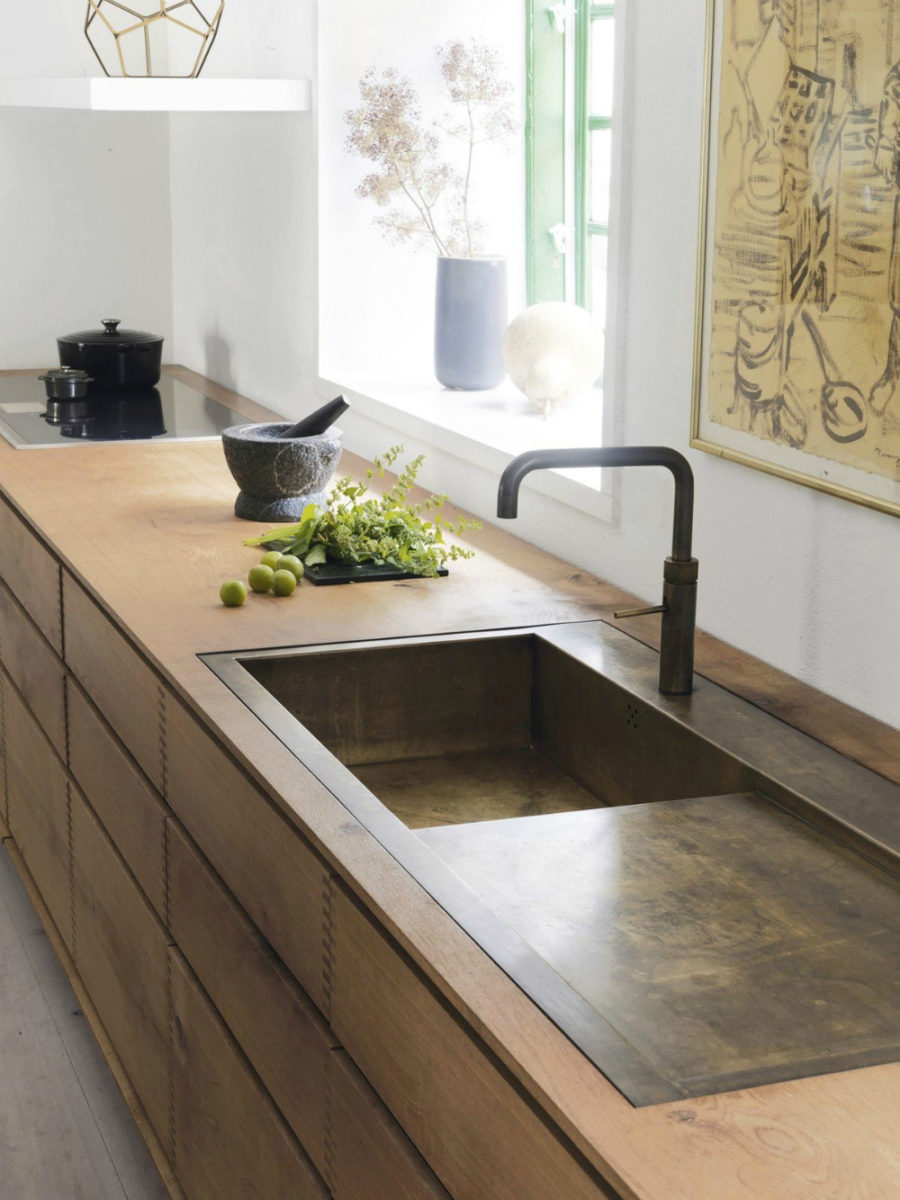




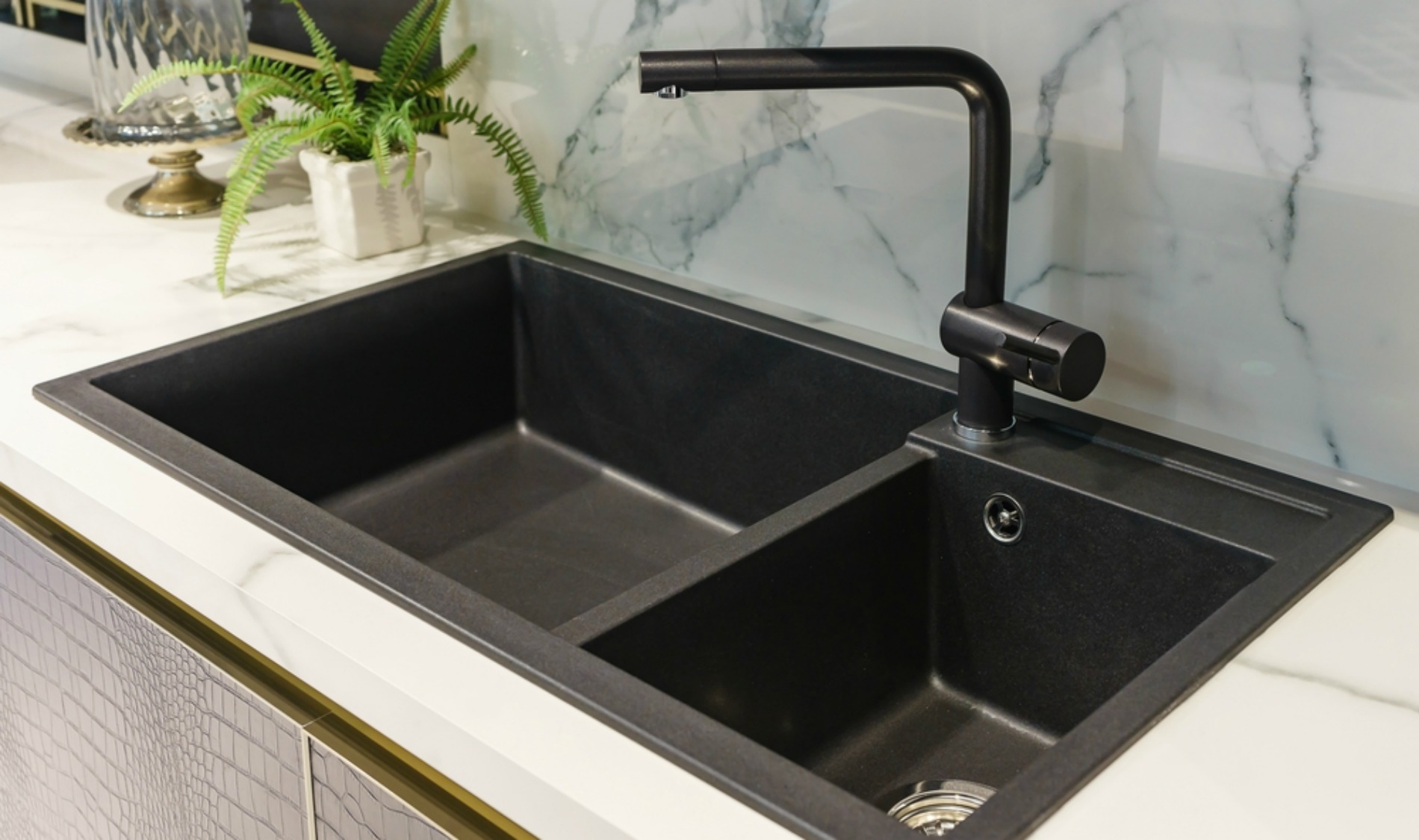










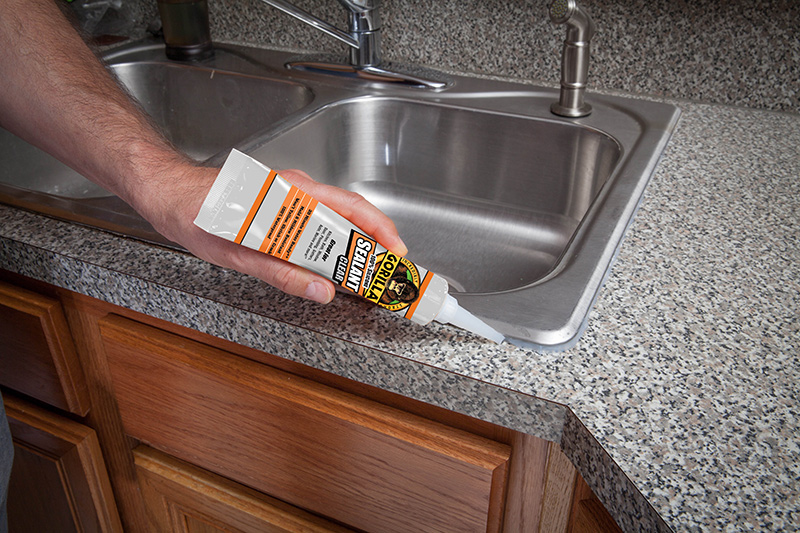




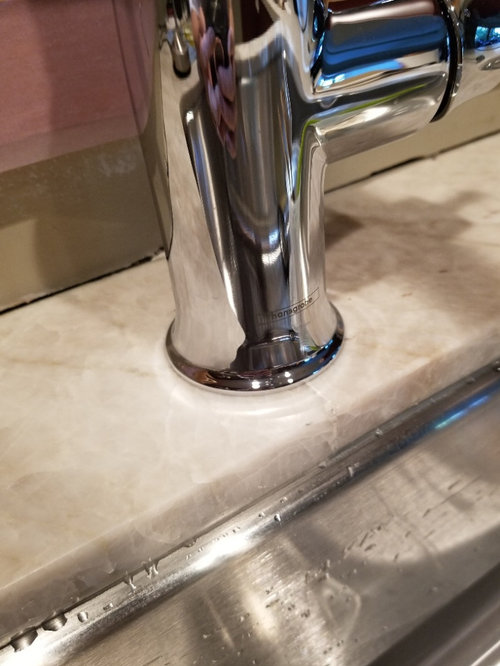






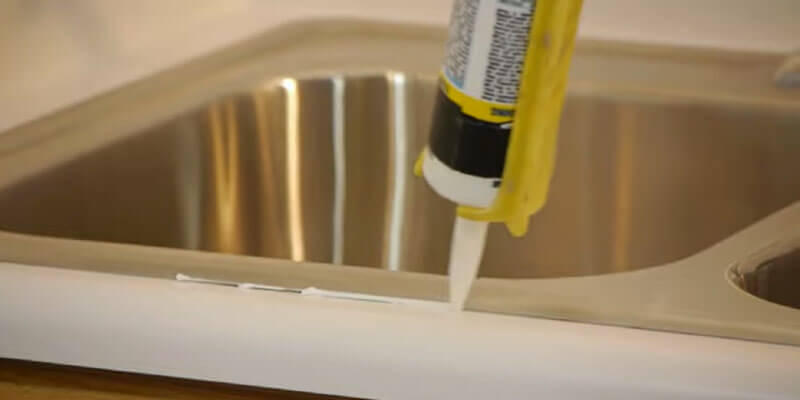

:max_bytes(150000):strip_icc()/Basic-kitchen-sink-types-1821207_color_rev-0b539306b9ef4236a136624ad2a89a4c.jpg)








